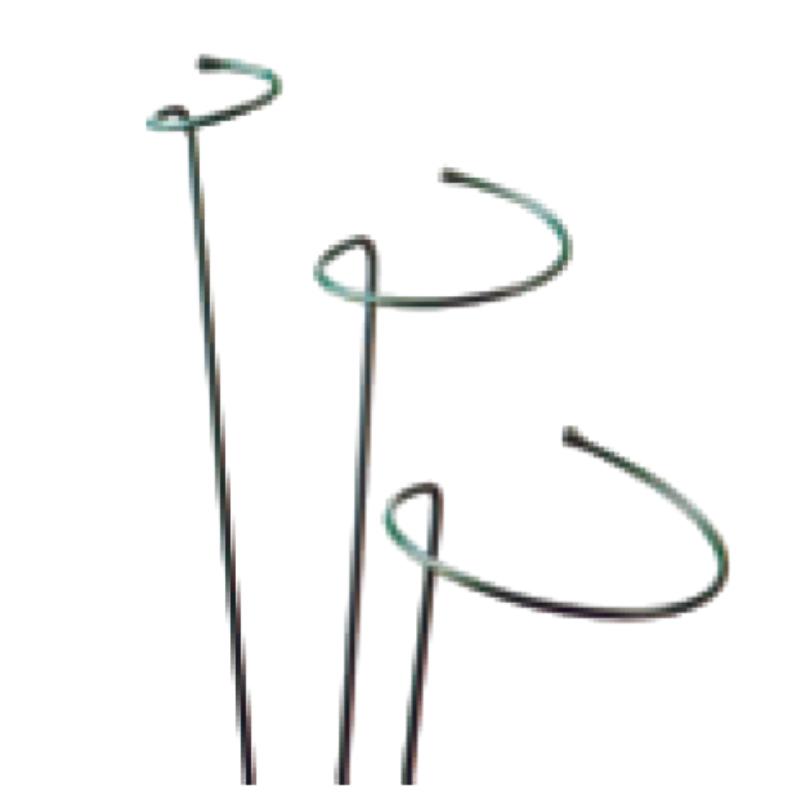-
پست الکترونیک:zhao@hyliec.cn
-
تلفن:+86 311 85273988
-
WhatsAPP:8613931128750
-
 آفریقایی
آفریقایی -
 آلبانیایی
آلبانیایی -
 آمهری
آمهری -
 عربی
عربی -
 ارمنی
ارمنی -
 آذربایجانی
آذربایجانی -
 باسکی
باسکی -
 بلاروسی
بلاروسی -
 بنگالی
بنگالی -
 بوسنیایی
بوسنیایی -
 بلغاری
بلغاری -
 کاتالان
کاتالان -
 سبوانو
سبوانو -
 کورسی
کورسی -
 کروات
کروات -
 کشور چک
کشور چک -
 دانمارکی
دانمارکی -
 هلندی
هلندی -
 انگلیسی
انگلیسی -
 اسپرانتو
اسپرانتو -
 استونیایی
استونیایی -
 فنلاندی
فنلاندی -
 فرانسوی
فرانسوی -
 فریزی
فریزی -
 گالیسیایی
گالیسیایی -
 گرجی
گرجی -
 آلمانی
آلمانی -
 یونانی
یونانی -
 گجراتی
گجراتی -
 کریول هائیتی
کریول هائیتی -
 هاوسا
هاوسا -
 هاوایی
هاوایی -
 عبری
عبری -
 جواب منفی
جواب منفی -
 میائو
میائو -
 مجارستانی
مجارستانی -
 ایسلندی
ایسلندی -
 igbo
igbo -
 اندونزیایی
اندونزیایی -
 ایرلندی
ایرلندی -
 ایتالیایی
ایتالیایی -
 ژاپنی
ژاپنی -
 جاوه ای
جاوه ای -
 کانادا
کانادا -
 قزاقی
قزاقی -
 خمر
خمر -
 رواندا
رواندا -
 کره ای
کره ای -
 کردی
کردی -
 قرقیزستان
قرقیزستان -
 سل
سل -
 لاتین
لاتین -
 لتونی
لتونی -
 لیتوانیایی
لیتوانیایی -
 لوگزامبورگی
لوگزامبورگی -
 مقدونی
مقدونی -
 مالگاشی
مالگاشی -
 مالایی
مالایی -
 مالایایی
مالایایی -
 مالتی
مالتی -
 مائوری
مائوری -
 مراتی
مراتی -
 مغولی
مغولی -
 میانمار
میانمار -
 نپالی
نپالی -
 نروژی
نروژی -
 نروژی
نروژی -
 اکسیتان
اکسیتان -
 پشتو
پشتو -
 فارسی
فارسی -
 لهستانی
لهستانی -
 پرتغالی
پرتغالی -
 پنجابی
پنجابی -
 رومانیایی
رومانیایی -
 روسی
روسی -
 ساموآ
ساموآ -
 گیلیک اسکاتلندی
گیلیک اسکاتلندی -
 صربی
صربی -
 انگلیسی
انگلیسی -
 شونا
شونا -
 سندی
سندی -
 سینهالی
سینهالی -
 اسلواکی
اسلواکی -
 اسلوونیایی
اسلوونیایی -
 سومالی
سومالی -
 اسپانیایی
اسپانیایی -
 ساندانی
ساندانی -
 سواحیلی
سواحیلی -
 سوئدی
سوئدی -
 تاگالوگ
تاگالوگ -
 تاجیک
تاجیک -
 تامیل
تامیل -
 تاتاری
تاتاری -
 تلوگو
تلوگو -
 تایلندی
تایلندی -
 ترکی
ترکی -
 ترکمن
ترکمن -
 اوکراینی
اوکراینی -
 اردو
اردو -
 اویغور
اویغور -
 ازبکستان
ازبکستان -
 ویتنامی
ویتنامی -
 ولز
ولز -
 کمک
کمک -
 ییدیش
ییدیش -
 یوروبا
یوروبا -
 زولو
زولو
Metal Plant Supports
What Is The Support Structure Of A Plant?
The support structure of a plant refers to the system of tissues and organs that provide stability and enable the plant to maintain an upright position. This support structure includes several key components:
1. Cell walls: The rigid cell walls of plant cells provide structural support, especially in non-woody plants. The cell walls help maintain the shape and rigidity of the plant's cells, contributing to its overall structure.
2. Stems: Stems play a crucial role in supporting the plant and providing a framework for the attachment of leaves, flowers, and reproductive structures. The stems also facilitate the transport of water, nutrients, and sugars throughout the plant.
3. Roots: The root system anchors the plant in the soil, providing stability and support. Additionally, roots absorb water and nutrients from the soil, contributing to the overall health and growth of the plant.
4. Vascular tissues: Xylem and phloem are specialized tissues that form the plant's vascular system. Xylem transports water and minerals from the roots to the rest of the plant, while phloem transports sugars and other organic compounds to various parts of the plant.
5. Specialized structures: Some plants have specialized support structures, such as tendrils, thorns, or aerial roots, which aid in climbing, attachment, or additional support.
The combination of these structural elements allows plants to maintain their shape, withstand environmental forces, and support essential physiological processes.
Iron Plant Supports Faq
What are the benefits of using iron plant supports?
Iron plant supports offer durability and strength, making them suitable for providing robust support for heavy or sprawling plants. They can withstand the weight of mature plants and help maintain their shape and structure.
What types of plants are best supported by iron plant supports?
Iron plant supports are well-suited for providing support to a wide range of plants, including peonies, roses, delphiniums, and other tall or heavy-flowering perennials. They can also be used for supporting climbing plants such as clematis or sweet peas.
How should iron plant supports be installed?
Iron plant supports should be installed firmly in the ground to ensure stability. When supporting individual plants, place the support structure around the plant early in the growing season, allowing the plant to grow into and around the support naturally.
Are there different styles and designs of iron plant supports available?
Yes, iron plant supports come in various styles and designs, including hoop supports, grid supports, and individual stakes. These different designs cater to the specific needs of different types of plants and can provide effective support while enhancing the visual appeal of the garden.
How can iron plant supports be maintained?
To maintain iron plant supports, periodically inspect them for signs of rust or corrosion, especially if they are exposed to the elements. If rust is present, it can be removed using a wire brush, and the supports can be treated with a rust-resistant coating or paint to prolong their lifespan.






